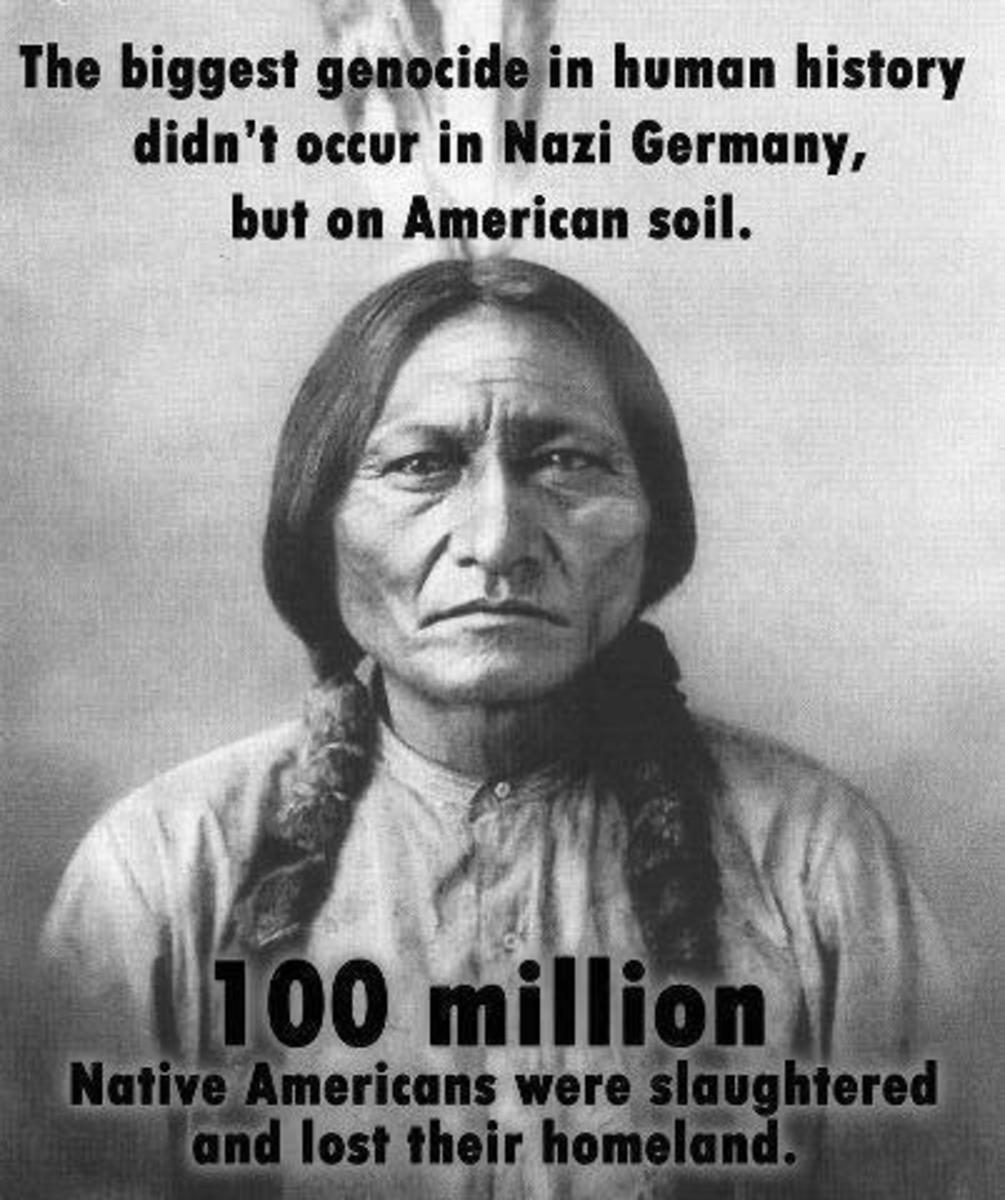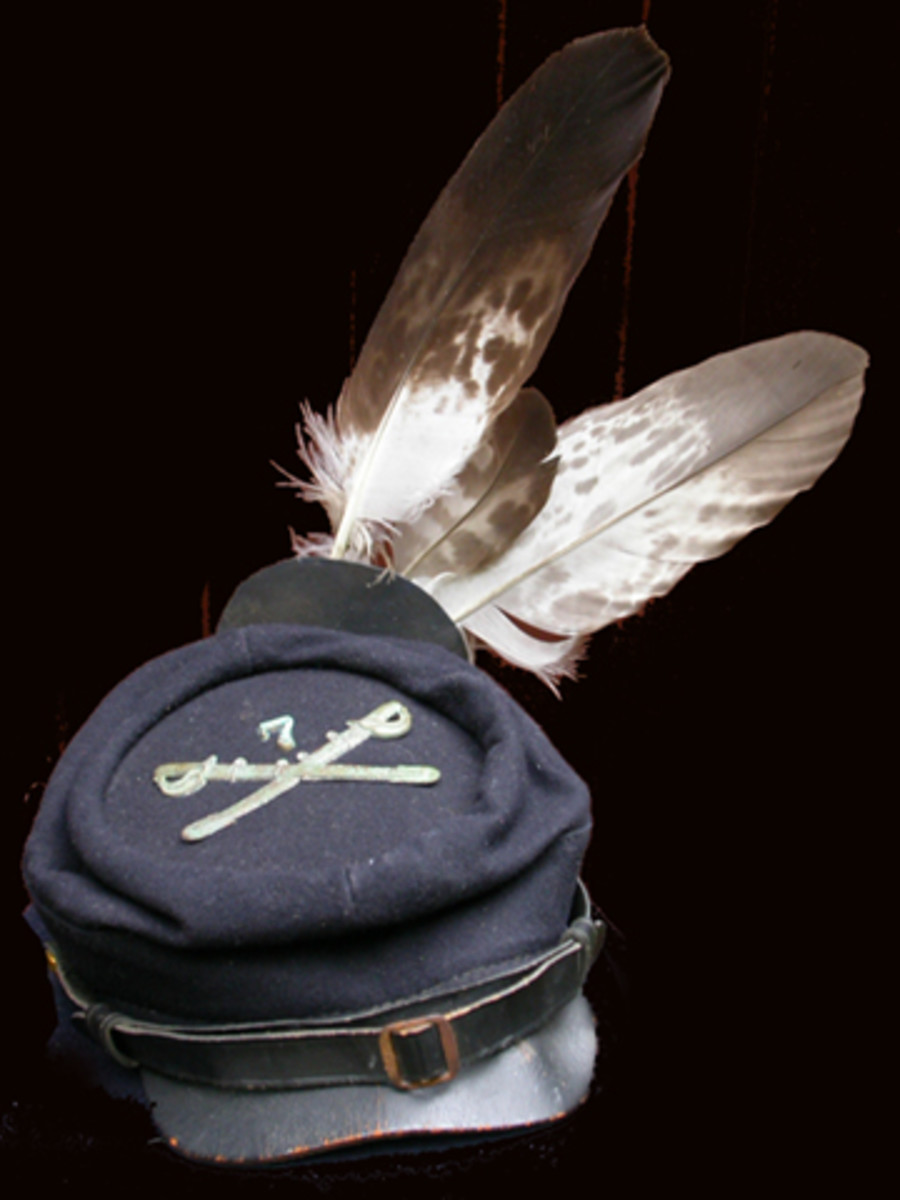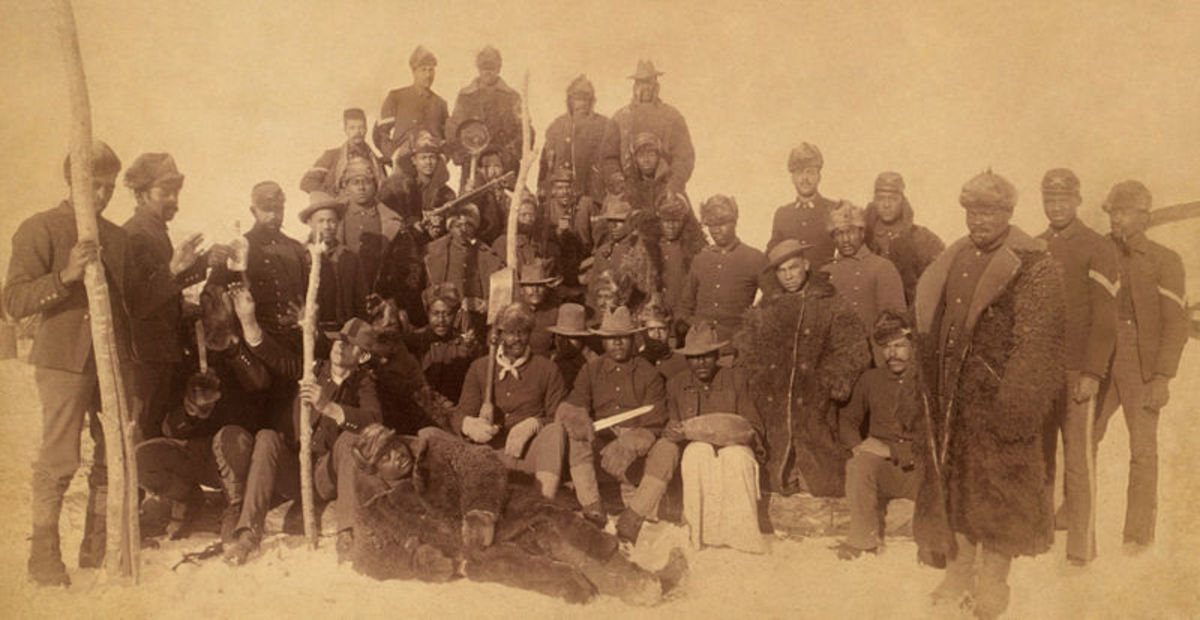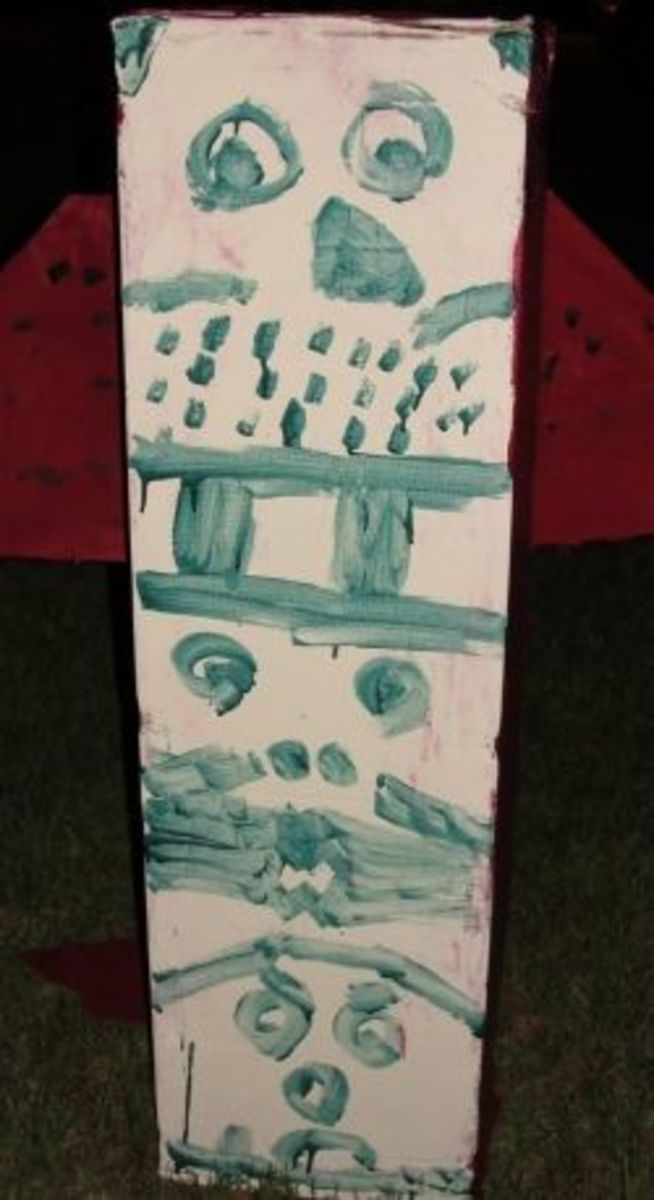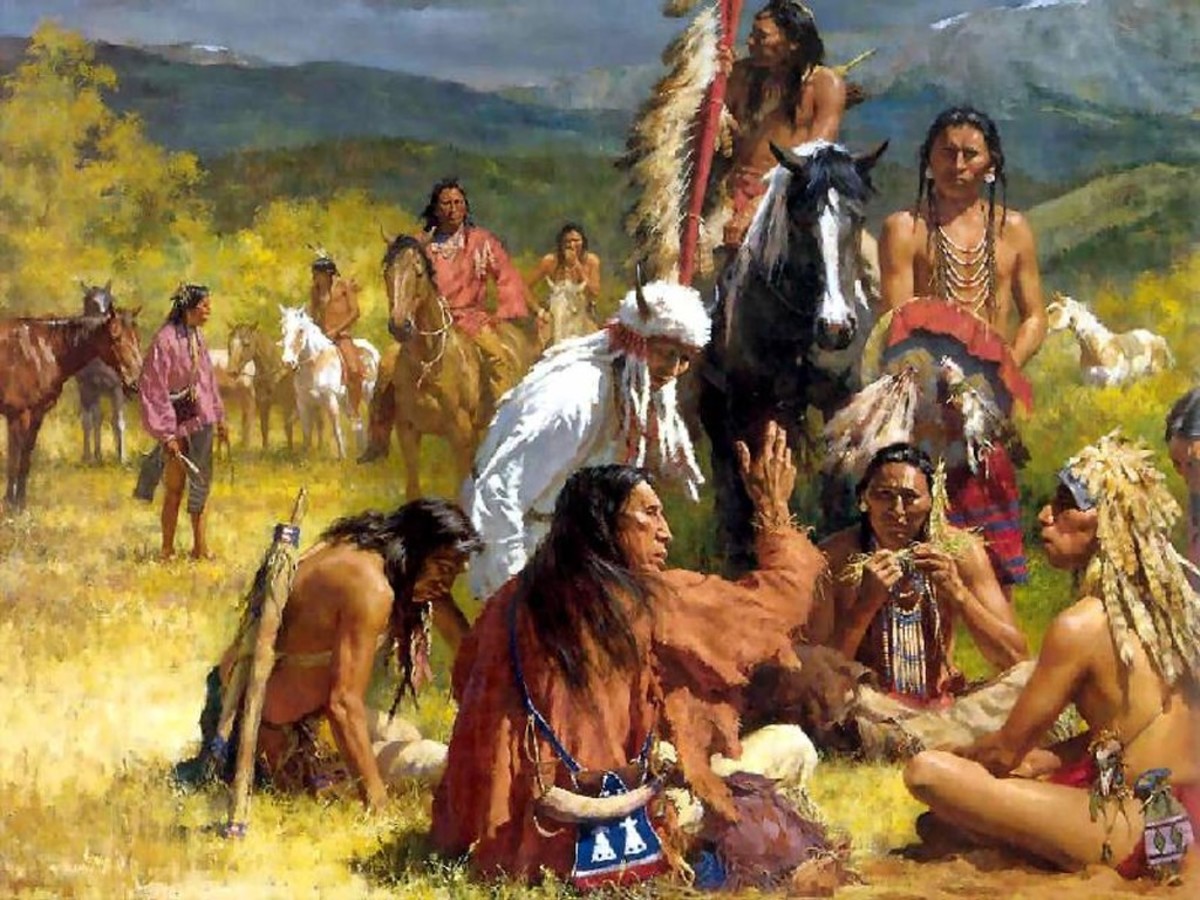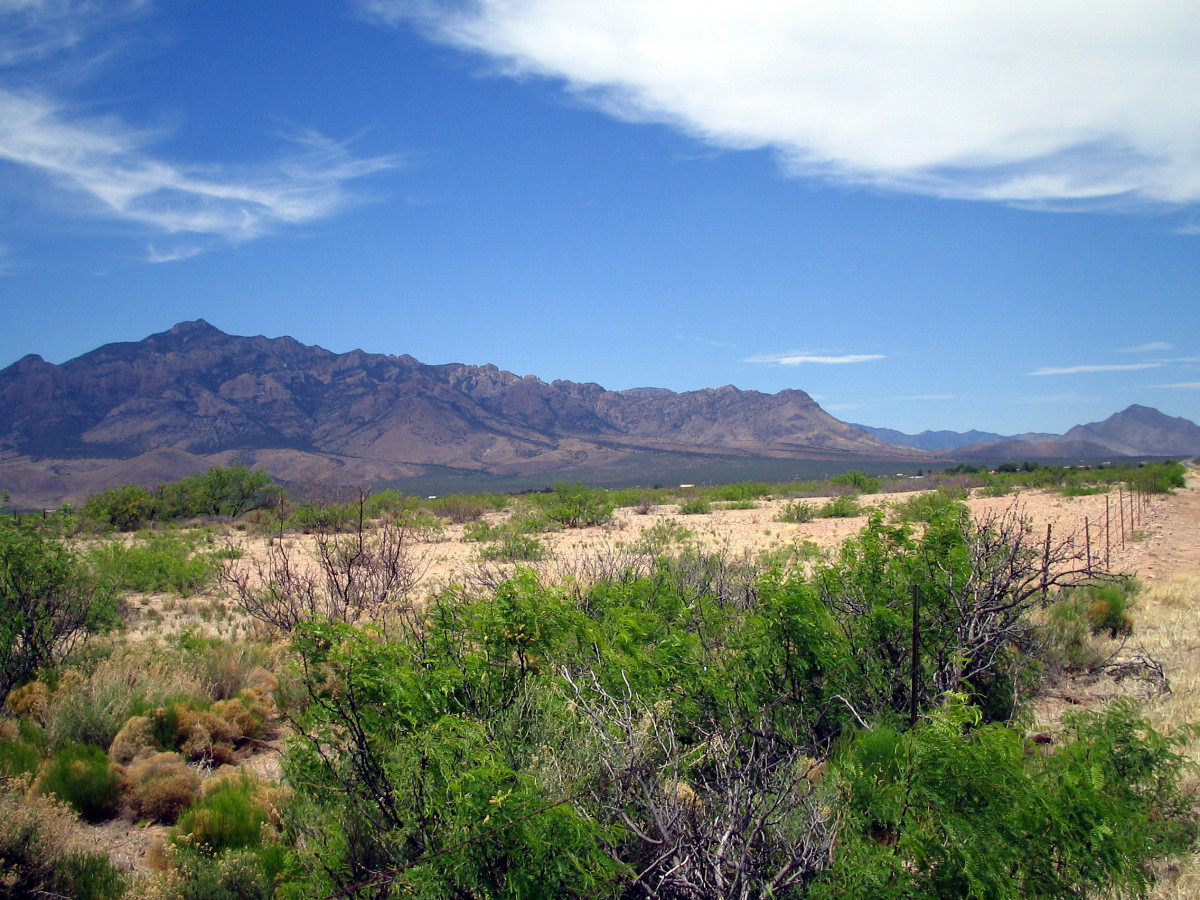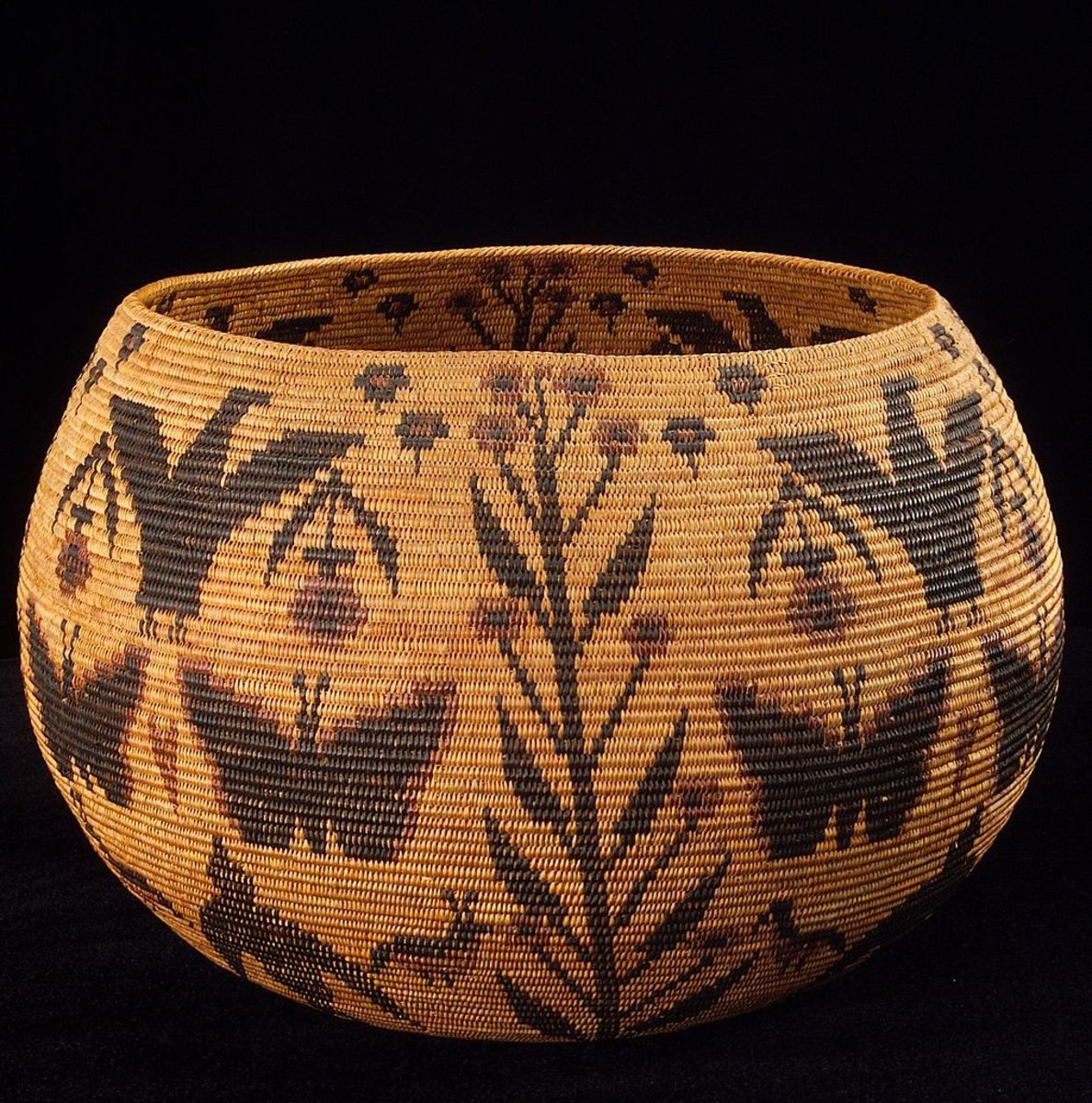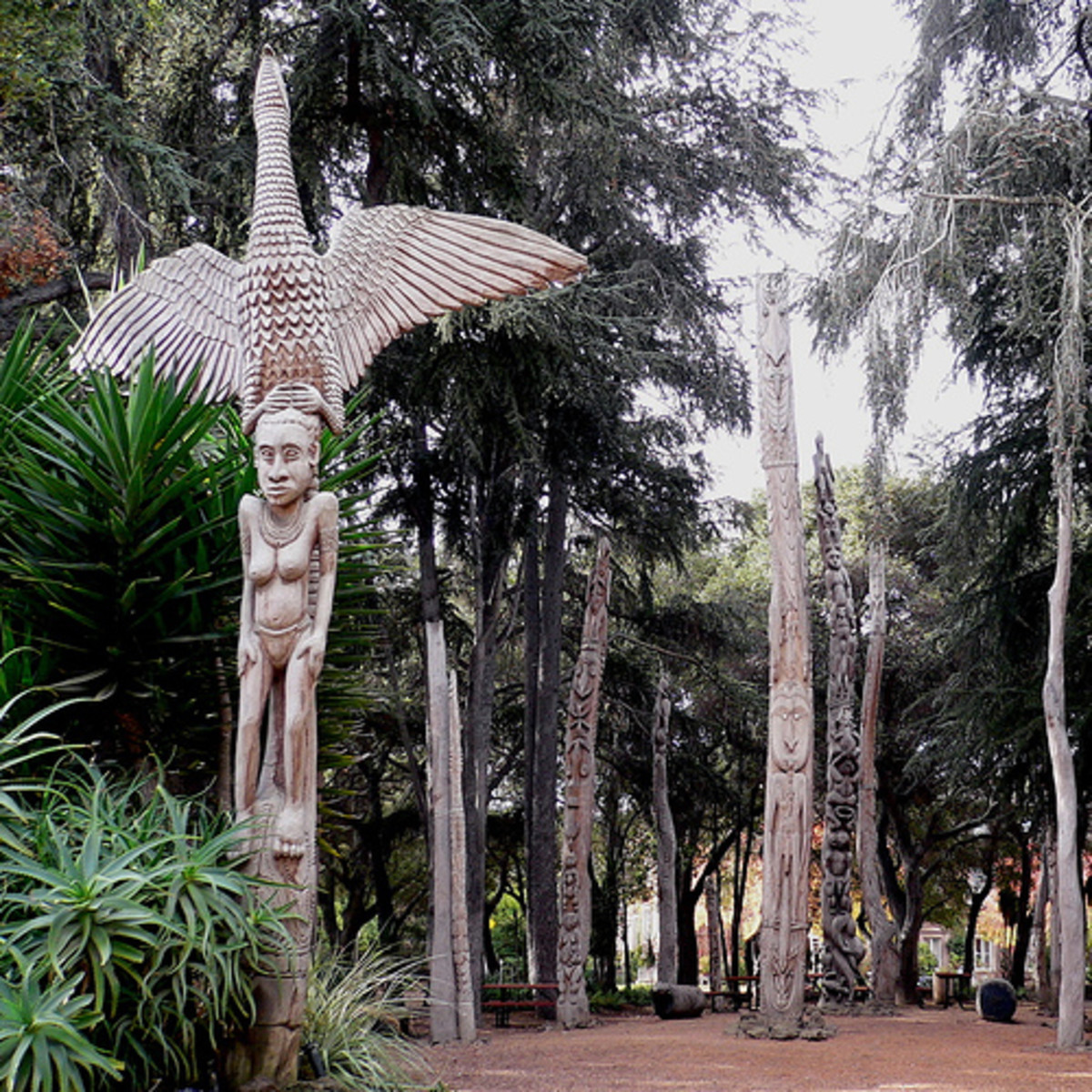- HubPages»
- Education and Science»
- History & Archaeology»
- History of the Americas
"Fly this flag, and no soldier will ever fire at you."
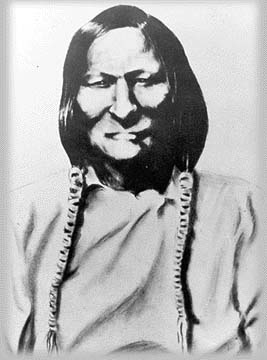
Chief Motavato - Black Kettle
Black Kettle, or Motavato (Moke-ta-ve-to) was born between 1801 an 1813 near the Black Hills of South Dakota. He was the voice for peace among the Cheyennes.
Chief Motavato (Black Kettle) was the voice for peace among the Cheyennes.
After the Pike's Peak Gold Rush in 1859, the US government would not control white expansion into the West, the Great Plains. In violation of treaties, European Americans displaced the Cheyenne from their lands. They controlled important resources of water and game. “Competition” led to conflict.
In 1863, Black Kettle, Chief Lean Bear, other chiefs of the Cheyenne were invited to Washington, DC. President Lincoln was their host.
In Washington, Black Kettle was given a huge US flag.
He was told, “Fly this flag, and no soldier will ever fire at you.”
Black Kettle was very proud of this flag that was given to him in such a manner. He flew it over his teepee whenever there was a permanent encampment. He and others were also given papers that certified that they were friends of the US. They wore medallions given to them of the same nature.
Then in May of 1864, they were told that about one hundred soldiers were on their way with two cannons.
Chief Lean Bear decided to meet them and find out what they wanted. He wore Lincoln’s medal and he carried the papers. Lean Bear told the others to wait. He didn’t want to frighten the soldiers. He approached them alone.
Black Kettle
The account of the actions that followed is told by Wolf Chief:
Lean Bear told us warriors to stay where we were so as not to frighten the soldiers, while he rode forward to shake hands with the officer and show his papers…When the chief was within only twenty or thirty yards of the line, the officer called out in a very loud voice and the soldiers all opened fire on Lean Bear and the rest of us. Lean Bear fell off his horse right in front of the troops, and Star, another Cheyenne, also fell off his horse. The soldiers then rode forward and shot Lean Bear and Star again as they lay helpless on the ground. I was off with a party of young men to one side. There was a company of soldiers in front of us, but they were all shooting at Lean Bear and the other Cheyennes that were near to him. They paid no attention to us until we began firing on them with bows and guns. They were so close that we shot several with arrows. Two of them fell back off their horses. By this time there was a great deal of confusion. More Cheyennes kept coming up in small parties, and the soldiers were bunching up and seemed badly frightened. They were shooting at us with the cannon but the aim was bad.
Black Kettle was there now riding up and down yelling for all the Cheyennes to stop fighting. Lean Bear and two others were killed. Many were wounded. Many soldiers were killed. But had it not been for Black Kettle, all the soldiers would have died. There were about 500 Cheyenne in the area.
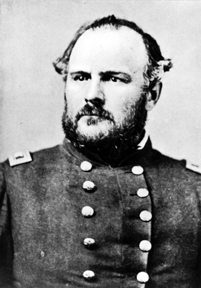
Black Kettle quickly petitioned Colorado’s military commander, Colonel John Chivington. Black Kettle pleaded for peace. Chivington was not interested. Chivington was a former Methodist minister. He was also a racist who believed every single Native American should be wiped out. The common statement out in the “wild west” at that time was, “the only good Indian is a dead Indian.”
Colorado’s Governor John Evans, and the Indian agent were working together to drive the Native Americans out of Colorado completely.
In June of 1864, a frontier family were murdered by a group of Arapahoe. This prompted the US War Department to authorize Chivington to raise a volunteer regiment to supplement troops. He immediately sent the them out to kill any Native American they found.
Black Kettle tried to stop retaliatory raids against the white. When two white women and five children captives were brought in, he traded his own horses so he could return them to their families.
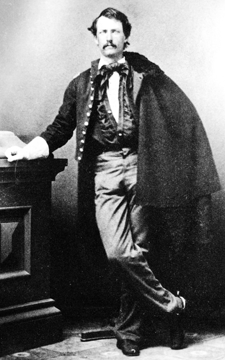
Black Kettle spoke with Major Edward Wynkoop who reflected on his encounter with Black Kettle and company:
“I felt myself in the presence of superior beings. And these were the representatives of a race that I heretofore looked upon as being cruel, treacherous, and blood-thirsty without feeling or affection for friend or kindred.”
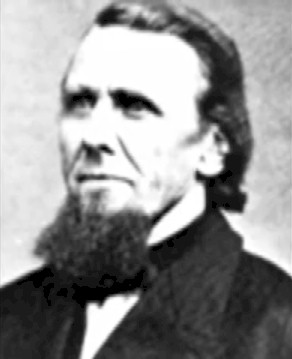
Black Kettle and six other chiefs rode to Denver in a wagon with Black Kettle’s flag flying over them. The four captives rode with them and were released.
Governor Evans wasn’t interested in meeting with the chiefs. Earlier in the day, General Samuel Curtis had sent a telegraph to his good buddy Chivington: “I want no peace until the Indians suffer more.” It wasn’t much of a problem to get a regiment together. If there was peace – the men in the regiment would be drafted to fight the Confederates.
Evans told Wynkoop, The Third Colorado Calvery was “raised to kill Indians.”
The Native Americans were the only ones interested in peace.
Chivington advised Wynkoop to take the Indians to Sand Creek, about forty miles from Fort Lyon, and Wynkoop complied. Shortly after Wynkoop’s return to the fort, Major Scott Anthony relieved Wykoop of his post for being “too friendly with the Native Americans”.
Anthony immediately ordered the rations for the Native Americans cut in half.
Anthony made false moves of friendliness to assure Black Kettle of their safety while he requested reinforcements.
Back in Denver, the Third’s 100 days were about to expire. They were supposed to be a regiment for only that 100 days. The newspapers called them “the bloodless Third” because they hadn’t seen a single battle.
The next day Colonel Chivington arrived in Denver with 600 men. They were joined by the “Third”. The Third was a blood thirsty mob for sure now. “Itching for blood, taking scalps, and wading in gore!” Even protests by several of the officers wouldn’t slow these boys down.
I guess many of the men sang a chorus with Chivington such as the Colonel’s favorite, “Damn any man who sympathizes with Indians! I have come to kill Indians, and I believe it is right and honorable to kill Indians.”
The protesting officers went along under threat of court martial. They secretly told their men to only fire in self-defense.
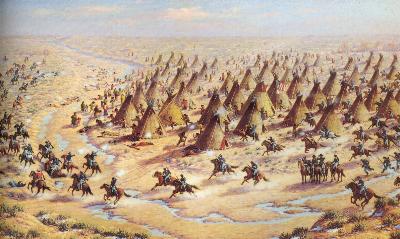
Sand Creek Massacre Part 1
After dark on November 28, seven hundred soldiers and four howitzers set out for Sand Creek and the Cheyennes there.
Half Cheyenne rancher Robert Bent was their guide.
Robert Bent’s brother, George, a trader was in the camp.
The Native Americans were in the place where Major Anthony had suggested they be. The Native Americans celebrated that night the peace they thought they had won.
George Bent said:
From down the Creek a large body of troops was advancing at a rapid trot…more soldiers could be seen making for the Indian pony herds to the south of camps, in the camps themselves all was confusion and noise- men, women, and children rushing out of the lodges partly dressed; women and children screaming at the sight of the troops; men running back into the loges for thei arms…I looked toward the chief’s lodge and saw that Black Kettle had a large American flag tied to the end of a long lodgepole and was standing in front of his lodge, holding the pole, with the flag fluttering in the gray light of winter dawn. I heard him call to the people not to be afraid, that the soldiers would not hurt them; then the troops opened fire from two sides of the camp.
Soon hundreds of Cheyenne women and children had gathered for protection under the US flag and a white flag that Black Kettle had run up under it.
Sand Creek Massacre
About this time, Robert Bent came in sight of the camp.
He testified later before congress:
I saw an American flag waving and heard Black Kettle tell the Indians to stand around the flag, and there they were huddled—men, women, and children. This was when we were within fifty yards of the Indians. I also saw a white flag raised. These flags were in so conspicuous a position that they must have been seen. When troopsfired, the Indians ran, some of the men into their lodges, probably to get their arms…I think there were six hundred Indians in all… the rest of the men were away from camp, hunting…After the firing the warriors put the squaws and children together, and surrounded them to protect them. I saw five squaws under a bank for shelter. When the troops came up to them they ran out and showed their persons to let them know they were squaws and begged for mercy, but the soldiers shot them all. I saw one squaw lying on the bank by a shell; a soldier came up to her with a drawn saber: she raised her arm to protect herself, when he struck, breaking her arm she rolled over and raised her other arm, when he struck, breaking it, and then left her without killing her. There seemed to be indiscriminate slaughter of men, women, and children. There were some thirty or forty squaws collected in a hole for protection; they sent out a little girl about six years old with a white flag on a stick; she had not proceeded but a few steps when she was shot and killed,. All four squaws in that hole were afterwards killed, and four or five bucks outside. The squaws offered no resistance. Every one I saw dead was scalped. I saw one squaw cut open with an unborn child, as I thought, lying on her side. Captain Soule afterwards told me that such was the fact. I saw the body of White Antelope (75 year old chief) with his privates cut off, and I heard a soldier say he was going to make a tobacco pouch out of them. I saw one squaw whose privates were cut out…I saw a little girl about five years of age who had been hid in the sand; two soldiers discovered her, drew their pistols and shot her, and then pulled her out of the sand by the arm. I saw quite a number of infants in arms killed with their mothers.
Sand Creek Massacre
Lieutenant James Connor corroborated this and added:
In going over the battleground the next day I did not see a body of man, woman, or child but was scalped, and in many instances their bodies were mutilated in the most horrible manner—men, women, and children’s privates cut out, &c; I heard one man say that he had cut out a woman’s privates and had them for exhibition on a stick; I heard another man say that he had cut the fingers off an Indian to get the rings on the hand; according to the best of my knowledge and belief these atrocities that were committed were with the knowledge of JM Chivington, and I do not know of his taking measures to prevent them; I heard one instance of a child a few months old being thrown in the feedbox of a wagon, and after being carried some distance left on the ground to perish; I also heard of numerous instances in which men had cut out the private parts of females and stretched them over the saddle-bows and wore them over their hats while riding in the ranks.
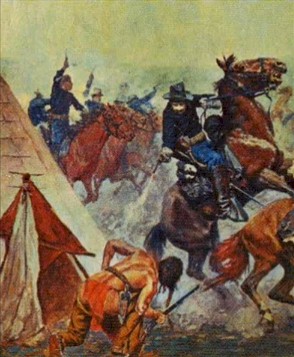
On October 14, 1865, the Treaty of Little Arkansas River was signed. It promised perpetual peace. The Indians were given land in reparation for the Sand Creek massacre. The new treaty denied the Cheyenne access to most of the best hunting grounds in Kansas. It was another in along list of treaties for the American Natives.
The attacks, and treaties sapped the power from Black. This opened the door for hawks like Roman Nose and the Dog Soldiers. The Dog Soldiers didn’t sign a treat and didn’t feel bound to it. The Dog Doldiers ignored the treaty. Their desires were in the Lakota territory with the Northern Cheyenne.
General William Tecumseh Sherman was a devout Indian hater. We’ve seen a lot of “his work”. Sherman was sent to break Indians like Roman Nose and the Dog Soldiers. The Dog Soldiers stopped all white” traffic through Kansas.
The US Government wasn’t satisfied with the treaty and their results either so another treaty was created. The new treaty to be broken would be the Medicine Lodge Treaty. On October 28, 1867 the Cheyenne were again uprooted, and moved onto two smaller reservations in Indian Territory which is now Oklahoma. Again they were promised food, provisions, and supplies.
Once again, America took Black Kettle to the “cleaners”. Again the power was sucked out of Black Kettle. When the provisions they had been promised failed to make it, Black Kettle was sapped again. Roman Nose and his band of raiders were attracting more converts.
The Dog Soldiers raided across Kansas, Texas, and Colorado.
General Philip Sheridan’s plan was that US Troops would enter winter encampments, destroy supplies and livestock, and kill any resisters. General Philip H. Sheridan called Black Kettle "a worn out and worthless old cipher".
On October 1868, Warriors attacked a wagon train in Colorado along the Arkansas River. Clara Blinn and her small son Willie were brought to Black Kettle’s camp on the Washita River.
Clara Blinn got a letter to Colonel William B. Hazen at Fort Cobb. She pled for her rescue. On November 20 Black Kettle, Big Mouth, and others went to see Colonel Hazen to discuss White captives and peace.
Colonel Hazen referred them to General Philip Sheridan.
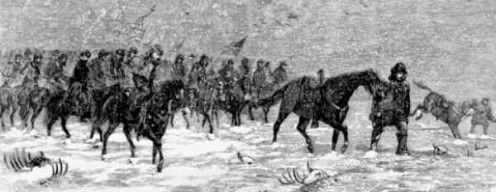
Starting out in a snowstorm, on November 27, 1868, General George Armstrong Custer followed the tracks of a raiding party to a Cheyenne camp on the Washita River.
He ordered the attack for dawn. Black Kettle’s white flag of truce was flying over his teepee.
But Black Kettle’s power had waned so that he had no control over the White captives or much else.
George and his US 7th Cavalry attacked in that bitterly cold. Black Kettle and his wife attempted to flee across the river on a horse but was shot first in the stomach. He kept riding. Another bullet hit him in the back. Black Kettle's wife was killed.
General Custer said that Black Kettle's scalp was taken by an Osage US Army Indian Scout.
The Whites, Clara Blinn was shot in the forehead and scalped and her small child Willie was swung by his feet and his head smashed into a tree.
In 1934 a skeleton wearing Black Kettle’s jewelry was discovered by laborers with the Works Progress Administration who were trying to stabilize a bridge over the Washita River. Black Kettle is now buried in the Indian Cemetery at Colony, Oklahoma.

Black Kettle Grasslands
Native Americans: How The West Was Lost
More hubs of truth by Micky Dee
José Doroteo Arango Arámbula-Pancho Villa
Ode To Anne Moody-Civil Rights Activist
Vietnam 1968-1969 Or Was It Yesterday?
Putting Christ Back In The Schools!?
False Prophets-False Religions
Coincidences Of The World Trade Center 9/11
America's Forefathers And True History!
Pharaoh Ramesses II And The Battle Of Kadesh-The Earlier Art Of Spin And Propaganda
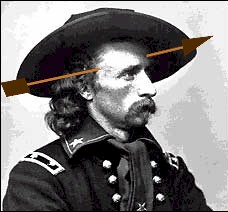
Even with an arrow in it- his head was clear as a bell!

